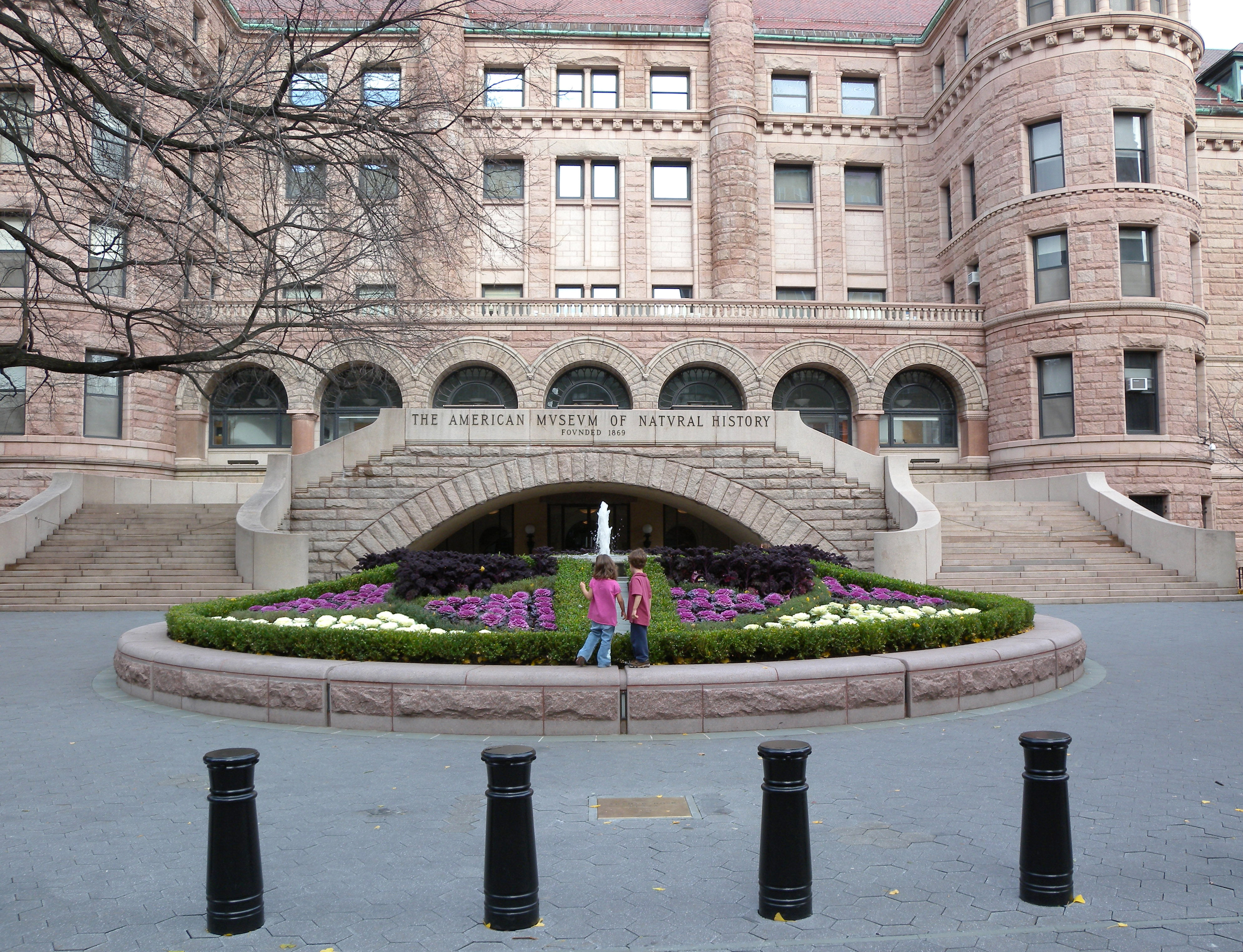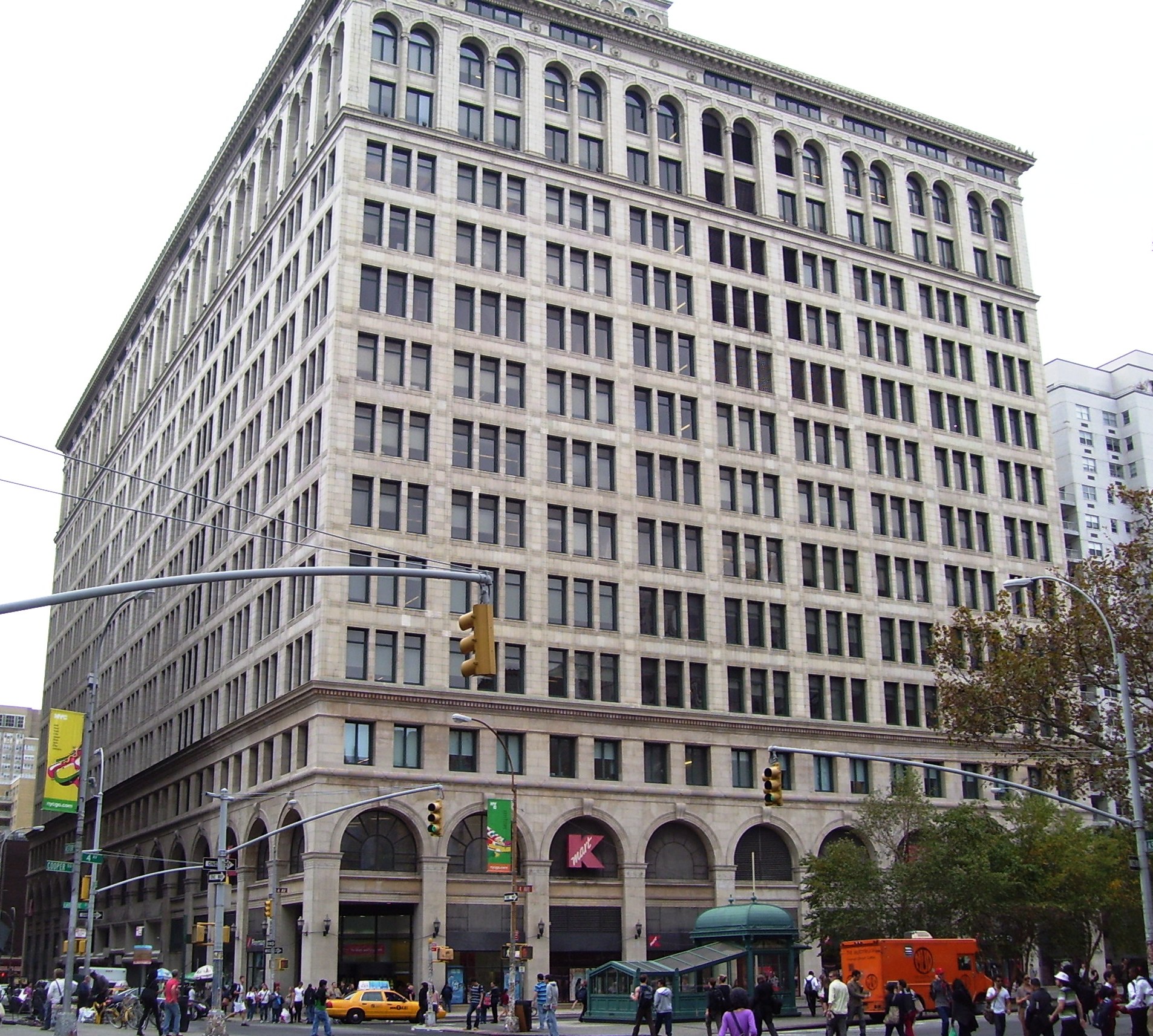|
John Held Jr.
John James Held Jr. (January 10, 1889 – March 2, 1958) was an American cartoonist, printmaker, illustrator, sculptor, and author. One of the best-known magazine illustrators of the 1920s, his most popular works were his uniquely styled cartoons which depicted people dancing, driving, playing sports, and engaging in other popular activities of the era. Held grew up in an artistic family that encouraged his pursuit of arts from the beginning. He began selling pieces of art by the age of nine. He never graduated from high school, finding his time was better spent honing his skills which he began at ''The Salt Lake Tribune'' as a sports illustrator during his late teenage years. His friendship with Harold Ross, creator of ''The New Yorker,'' served him well in his career, as his cartoons were featured in many prominent magazines including ''The New Yorker'', '' Vanity Fair'', ''Harper's Bazaar'', and ''Life'' magazine. Held was praised for his cartoon depictions of the cultura ... [...More Info...] [...Related Items...] OR: [Wikipedia] [Google] [Baidu] |
Pirie MacDonald
Ian Pirie MacDonald Royal Photographic Society, HonFRPS (January 27, 1867 – April 22, 1942) was an American Portrait photography, portrait photographer, New York City civic leader, and peace advocate. He photographed over 70,000 men in the span of his career, including international Head of state, heads of state, religious leaders, and artists. Photography career Born in Chicago, MacDonald moved to Hudson, New York in 1883, where he worked as a photographer's apprentice prior to opening his own studio in Albany, New York, Albany. Upon gaining a reputation in portraiture, MacDonald made the decision to only photograph men, a decision that even applied to family photos, and from that point on dubbed himself "Pirie MacDonald – Photographer of Men". His prolific body of work encompasses many well-known men of the early to mid-20th century including Spencer Trask, Woodrow Wilson, William Ralph Inge, Seán O'Casey and Auguste and Louis Lumière, Antoine Lumiére, all of which were t ... [...More Info...] [...Related Items...] OR: [Wikipedia] [Google] [Baidu] |
English People
The English people are an ethnic group and nation native to England, who speak the English language in England, English language, a West Germanic languages, West Germanic language, and share a common ancestry, history, and culture. The English identity began with the History of Anglo-Saxon England, Anglo-Saxons, when they were known as the , meaning "Angle kin" or "English people". Their ethnonym is derived from the Angles (tribe), Angles, one of the Germanic peoples who invaded Great Britain, Britain around the 5th century AD. The English largely descend from two main historical population groups: the West Germanic tribes, including the Angles, Saxons, and Jutes who settled in England and Wales, Southern Britain following the withdrawal of the Ancient Rome, Romans, and the Romano-British culture, partially Romanised Celtic Britons who already lived there.Martiniano, R., Caffell, A., Holst, M. et al. "Genomic signals of migration and continuity in Britain before the Anglo-Sa ... [...More Info...] [...Related Items...] OR: [Wikipedia] [Google] [Baidu] |
American Museum Of Natural History
The American Museum of Natural History (AMNH) is a natural history museum on the Upper West Side of Manhattan in New York City. Located in Theodore Roosevelt Park, across the street from Central Park, the museum complex comprises 21 interconnected buildings housing 45 permanent exhibition halls, in addition to a planetarium and a library. The museum collections contain about 32 million specimens of plants, animals, fungi, fossils, minerals, rocks, meteorites, human remains, and human cultural artifacts, as well as specialized collections for frozen tissue and genomic and astrophysical data, of which only a small fraction can be displayed at any given time. The museum occupies more than . AMNH has a full-time scientific staff of 225, sponsors over 120 special field expeditions each year, and averages about five million visits annually. The AMNH is a private 501(c)(3) organization. The naturalist Albert S. Bickmore devised the idea for the American Museum of Natural History in 1 ... [...More Info...] [...Related Items...] OR: [Wikipedia] [Google] [Baidu] |
Cartography
Cartography (; from , 'papyrus, sheet of paper, map'; and , 'write') is the study and practice of making and using maps. Combining science, aesthetics and technique, cartography builds on the premise that reality (or an imagined reality) can be modeled in ways that communicate spatial information effectively. The fundamental objectives of traditional cartography are to: * Set the map's agenda and select traits of the object to be mapped. This is the concern of map editing. Traits may be physical, such as roads or land masses, or may be abstract, such as toponyms or political boundaries. * Represent the terrain of the mapped object on flat media. This is the concern of map projections. * Eliminate the mapped object's characteristics that are irrelevant to the map's purpose. This is the concern of Cartographic generalization, generalization. * Reduce the complexity of the characteristics that will be mapped. This is also the concern of generalization. * Orchestrate the elements ... [...More Info...] [...Related Items...] OR: [Wikipedia] [Google] [Baidu] |
World War I
World War I or the First World War (28 July 1914 – 11 November 1918), also known as the Great War, was a World war, global conflict between two coalitions: the Allies of World War I, Allies (or Entente) and the Central Powers. Fighting took place mainly in European theatre of World War I, Europe and the Middle Eastern theatre of World War I, Middle East, as well as in parts of African theatre of World War I, Africa and the Asian and Pacific theatre of World War I, Asia-Pacific, and in Europe was characterised by trench warfare; the widespread use of Artillery of World War I, artillery, machine guns, and Chemical weapons in World War I, chemical weapons (gas); and the introductions of Tanks in World War I, tanks and Aviation in World War I, aircraft. World War I was one of the List of wars by death toll, deadliest conflicts in history, resulting in an estimated World War I casualties, 10 million military dead and more than 20 million wounded, plus some 10 million civilian de ... [...More Info...] [...Related Items...] OR: [Wikipedia] [Google] [Baidu] |
Woodcut
Woodcut is a relief printing technique in printmaking. An artist carves an image into the surface of a block of wood—typically with gouges—leaving the printing parts level with the surface while removing the non-printing parts. Areas that the artist cuts away carry no ink, while characters or images at surface level carry the ink to produce the print. The block is cut along the wood grain (unlike wood engraving, where the block is cut in the end-grain). The surface is covered with ink by rolling over the surface with an ink-covered roller ( brayer), leaving ink upon the flat surface but not in the non-printing areas. Multiple colours can be printed by keying the paper to a frame around the woodblocks (using a different block for each colour). The art of carving the woodcut can be called ''xylography'', but this is rarely used in English for images alone, although that term and ''xylographic'' are used in connection with block books, which are small books containing text ... [...More Info...] [...Related Items...] OR: [Wikipedia] [Google] [Baidu] |
Linoleum Block Print
Linocut, also known as lino print, lino printing or linoleum art, is a printmaking technique, a variant of relief printing in which a sheet of linoleum (sometimes mounted on a wooden block) is used for a relief surface. A design is cut into the linoleum surface with a sharp knife, V-shaped chisel or gouge, with the raised (uncarved) areas representing a reversal (mirror image) of the parts to show printed. The linoleum sheet is inked with a roller (called a brayer), and then impressed onto paper or fabric. The actual printing can be done by hand or with a printing press. Multi-color linocuts can be made by successively printing with a different block for each color as in a color woodcut, as the artists of the Grosvenor School frequently did. As Pablo Picasso demonstrated, such prints can also be achieved using a single piece of linoleum in what is called the "reductive" print method. Essentially, after each successive color is imprinted onto the paper, the artist then cleans the ... [...More Info...] [...Related Items...] OR: [Wikipedia] [Google] [Baidu] |
Wanamaker's
Wanamaker's was an American department store chain founded in 1861 by John Wanamaker. It was one of the first department stores in the United States, and peaked at 16 locations along the Delaware Valley in the 20th century. Wanamaker's was purchased by A. Alfred Taubman, who previously purchased the Washington, D.C. department store Woodward & Lothrop, in 1986. The store was acquired from bankruptcy by The May Department Stores Company in 1994, and converted all remaining Wanamaker's stores to Hecht's in 1995. Wanamaker's was influential in the development of the retail industry including as the first store to use price tags. History 19th century John Wanamaker was born in Philadelphia, Pennsylvania, in 1838. Due to a persistent cough, he was unable to join the U.S. Army to fight in the American Civil War, so instead started a career in business. In 1861, he and his brother-in-law Nathan Brown founded a men's clothing store in Philadelphia called Oak Hall. Wanamake ... [...More Info...] [...Related Items...] OR: [Wikipedia] [Google] [Baidu] |
Brigham Young
Brigham Young ( ; June 1, 1801August 29, 1877) was an American religious leader and politician. He was the second President of the Church (LDS Church), president of the Church of Jesus Christ of Latter-day Saints (LDS Church) from 1847 until his death in 1877. He also served as the first List of governors of Utah, governor of the Utah Territory from 1851 until his resignation in 1858. Young was born in 1801 in Vermont and raised in Upstate New York. After working as a painter and carpenter, he became a full-time LDS Church leader in 1835. Following a short period of service as a missionary, he moved to Missouri in 1838. Later that year, Missouri governor Lilburn Boggs signed the Mormon Extermination Order, and Young organized the migration of the Latter Day Saints from Missouri to Illinois, where he became an inaugural member of the Council of Fifty. In 1844, while he was traveling to gain support for Joseph Smith 1844 presidential campaign, Joseph Smith's presidential campaign ... [...More Info...] [...Related Items...] OR: [Wikipedia] [Google] [Baidu] |
Mahonri M
Mahonri is a given name. Notable people with the name include: * Mahonri Montes (born 1989), Mexican boxer * Mahonri Ngakuru (born 2000), New Zealand rugby union footballer * Mahonri Schwalger (born 1978), Samoan rugby union footballer * Mahonri M. Young (1877–1957), American sculptor and artist {{given name ... [...More Info...] [...Related Items...] OR: [Wikipedia] [Google] [Baidu] |
Harold Ross
Harold Wallace Ross (November 6, 1892 – December 6, 1951) was an American journalist who co-founded ''The New Yorker'' magazine in 1925 with his wife Jane Grant, and was its editor-in-chief until his death. Early life Born in a prospector's cabin in Aspen, Colorado, Ross was the son of Scots-Irish immigrant miner George Ross and schoolteacher Ida ( Martin) Ross. When he was eight, the family left Aspen because of the collapse in the price of silver, moving to Redcliff and Silverton, Colorado, then to Salt Lake City, Utah. In Utah, he worked on West High School's paper (''The West High Red & Black'') and was a stringer for ''The Salt Lake Tribune'', the city's leading daily newspaper. He dropped out of school at 13 and ran away to his uncle in Denver, where he worked for ''The Denver Post''. Though he returned to his family, he did not return to school, instead getting a job at the '' Salt Lake Telegram'', a smaller afternoon daily newspaper. By the time he was 25 he ha ... [...More Info...] [...Related Items...] OR: [Wikipedia] [Google] [Baidu] |






